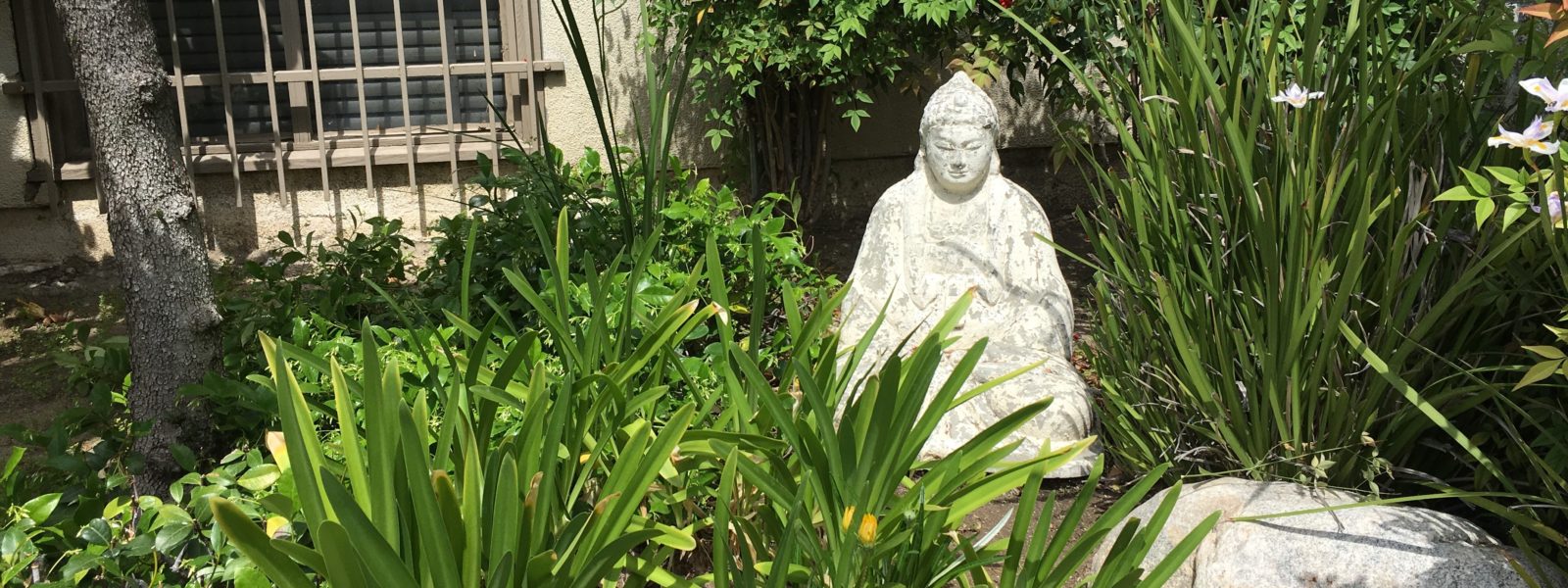Gumyocho – A Lesson on Living Together
It was about this time last year when we faced the unprecedented shutdown of our “normal” activities. Who would have been able to see that our society was about to turn upside down? But I had no idea the year was going to be a memorably challenging year, not only because of the virus taking away an unbelievable number of lives, people’s jobs and businesses, but because of the urgent discussions regarding violence from opposing beliefs, racial injustice, environmental problems, and political conflicts, which eventually made us feel the critical division between people.
We were urged to realize that we need to work harder for understanding each other and building friendships despite our differences. I hope the changes happening in our society especially after this year started are encouraging us to take individual steps forward.
In Amida Sutra, we see the name of a bird called “gumyocho” or jivamjivakas. It is a bird in Amida Tathagata’s Pure Land with one body, two heads, two hearts, and, surprisingly, the faces of men. Indeed it is how human beings are—having one body but also two confrontational hearts, like the rational mind and the instincts, and thus suffer always from the battles by these opposing hearts.
There once was a gumyocho that was extremely beautiful. Both heads felt very confident and said, “The feather on my head is the most precious and beautiful, and so is my voice.” Realizing that the other head is claiming the same, they started to dislike each other and had more conflicts. The hatred escalated and they both came to think, “If the other one is gone, I will definitely be number one.”
One day, one finally decided to take action and put poison in the other’s food. The one that ate it died, but of course the other head who poisoned the other, also died as the poison killed the shared body.
After this foolish incident, the gumyocho is said to be teaching the lesson in the Pure Land that anger and hatred bring no benefit for anybody. There the bird has become a teacher of the Buddha Dharma singing, “The path that destroys others is a path that destroys the self. The path that encourages others to live fully is the path that we can live.”
Although it feels easy for us to say it’s foolish, we might not realize that we are actually easily trapped in this situation as we continue to have opposing hearts. In this society, if someone says something is right, then there’s always someone else who says it’s not right. This was even true in the time of Shakyamuni Buddha. We can even find opposing groups and conflicts among Buddhists in our history.
About 800 years ago, when Shinran Shonin’s teacher Honen Shonin’s Nembutsu teaching became popular, some of the established temples were offended and criticized this way of understanding Buddhism, and worked hard to succeed in gaining a government ban on the Nembutsu teaching. Among those who kept their positions as trusting the Nembutsu as the right Buddhist teachings, several followers were beheaded, and Honen Shonin and others, including Shinran Shonin, were exiled.
If we were true Buddhists, we would hope that our rational minds would stop us from doing harm, or from having resentment, but it is still so easy for our human instincts to rise up, for hatred and resentment toward those who oppressed and attacked our treasured things and people to grow.
However, Shinran Shonin instead revealed in his letter the words of Honen Shonin, who was given such unfair treatment, and had his disciples’ lives taken away. “Neither should you despise those who scorn and slander people of nembutsu; rather, you should have compassion and care for them.” Shinran Shonin too faced life changing tragic events and lost his teacher to exile, but wanted to make sure we listen to the teaching of his beloved Buddhist teacher.
Although it is important for us to work toward resolving issues, it is shown by our teachers that we try to do so in the true Nembutsu living, where we can reflect upon the non-perfect self and continue to have compassion and care for others.
In Gassho,
Rev. Sala Sekiya

